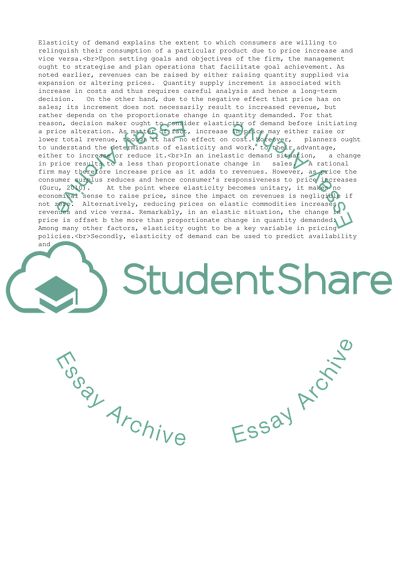Cite this document
(“How can understaning elasticity of demand help a firm in its Essay”, n.d.)
Retrieved from https://studentshare.org/business/1675359-how-can-understaning-elasticity-of-demand-help-a-firm-in-its-planningexplain-how-the-different-levels-of-elasticity-influence-behaviour-within-different-market-structures
Retrieved from https://studentshare.org/business/1675359-how-can-understaning-elasticity-of-demand-help-a-firm-in-its-planningexplain-how-the-different-levels-of-elasticity-influence-behaviour-within-different-market-structures
(How Can Understaning Elasticity of Demand Help a Firm in Its Essay)
https://studentshare.org/business/1675359-how-can-understaning-elasticity-of-demand-help-a-firm-in-its-planningexplain-how-the-different-levels-of-elasticity-influence-behaviour-within-different-market-structures.
https://studentshare.org/business/1675359-how-can-understaning-elasticity-of-demand-help-a-firm-in-its-planningexplain-how-the-different-levels-of-elasticity-influence-behaviour-within-different-market-structures.
“How Can Understaning Elasticity of Demand Help a Firm in Its Essay”, n.d. https://studentshare.org/business/1675359-how-can-understaning-elasticity-of-demand-help-a-firm-in-its-planningexplain-how-the-different-levels-of-elasticity-influence-behaviour-within-different-market-structures.


